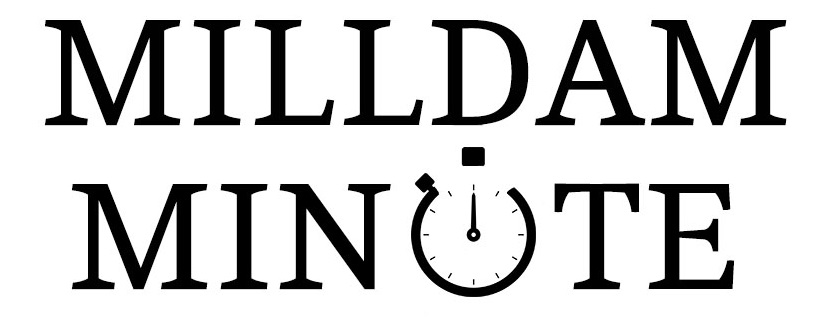As we briefly covered in Part One of this series, there are a variety of benefits when content marketing is successfully employed, among them: establishing credibility, creating positive associations, and fostering loyalty and brand association. As part of our introduction to the subject, we examined three best practices to consider before putting pen to paper, whether developing a standalone piece of collateral or an in-depth content marketing campaign:
- Create a plan with goals
- Track the proper analytics
- Take an interest in, but don’t get lost in writing for SEO
After strategizing with these ideas in mind, there are an additional three points that deserve your attention as you begin content creation:
- A series goes further than a one-off. The goal of any good marketing campaign is to hold the audience’s interest for as long as possible. The good news is that you’re in charge of developing the content, so you have control over what the public is going to see. The bad news is……… you’re in charge of developing the content, so you have control over what the public is going to see. Both capturing this attention and holding it so no simple task. Whether creating a visually appealing piece of collateral, like an infographic or something more in-depth and thought provoking, like a long form article, you’re much more likely to keep the audience engaged longer if the content is part of a series rather than a one-off. If written and/or designed correctly, you’ll leave the reader wanting more, returning to the website or searching their inbox for updates, and ultimately driving additional interest and traffic. Standalone and quick hit pieces of content definitely have their place in a larger campaign, but if given the time and resources, a series of related collateral will yield the most results over the long-term.
- Focus on your strengths. One of the best ways to keep a reader interested is to be comfortable and confident with the subject matter. This extends to the subject medium as well. At a time when it feels like deadlines are constantly shorter and budgets are smaller, there’s a tendency to extend yourself outside your area(s) of expertise. It’s important to know your limitations, because any unfamiliarity you feel in developing new content will also likely be perceived by the reader. As tempting as it may be, if you’re an excellent and creative graphic designer but a lousy writer (especially with the subject matter at hand), delegate the research and wordsmithing to someone else on the team or farm it out to a freelancer or public relations firm that works within the relevant industry. When the content is viewed, one of the most basic goals is that the audience should (consciously or unconsciously) feel that your business is an expert in its field. If it relays anything short of that, the content needs to be reworked with the help of others.
- Don’t be afraid to repurpose. You need not avoid the “r” word in content marketing—repurposing content has a variety of benefits. When it comes to collateral that you or your company has already developed, the goal is to get additional mileage out previously published work and not one for one duplication. Assuming the original work was worthwhile, it allows new readers to learn something that you’ve proven has value (through the use of proper measurement and metrics). For example, if your business has already published a popular eBook with facts, figures, tables, etc., it’s simple to pull out some of the most relevant data to turn into an infographic or related blog. These new pieces of content can then link back to the source document, which can also give it a second life. It can also be of interest to your readers to update a previously popular piece of content. Did you write an article five years ago on upcoming industry trends? Revisit the topic and see what came to fruition. The interested public loves to see if your prognostications have come true (and secretly delight when a few haven’t). If your business has expanded to incorporate marketing staff with design or video expertise, it’s always worthwhile to take popular text-based content and transfer it to a visual medium. As I’ve written on in the past, whitepapers are also an excellent source of material to revisit when you’re looking for new content to broadcast. They really are the gift that keeps on giving, both in the short and long-term.
Content marketing is a valuable tool for small and large businesses alike. Whether you’re able to handle its development in-house or need to engage an outside firm, how you approach content creation at the outset will determine its ultimate success. The six best practices outlined in this series should be your guide as your start every campaign and sticking to these commonsense tips will help ensure that you keep your audience attentive, receptive and engaged.
 Brendon Stellman authors the column “Pure BS” and is Vice President, Director of Client Relations for Milldam Public Relations.
Brendon Stellman authors the column “Pure BS” and is Vice President, Director of Client Relations for Milldam Public Relations.




